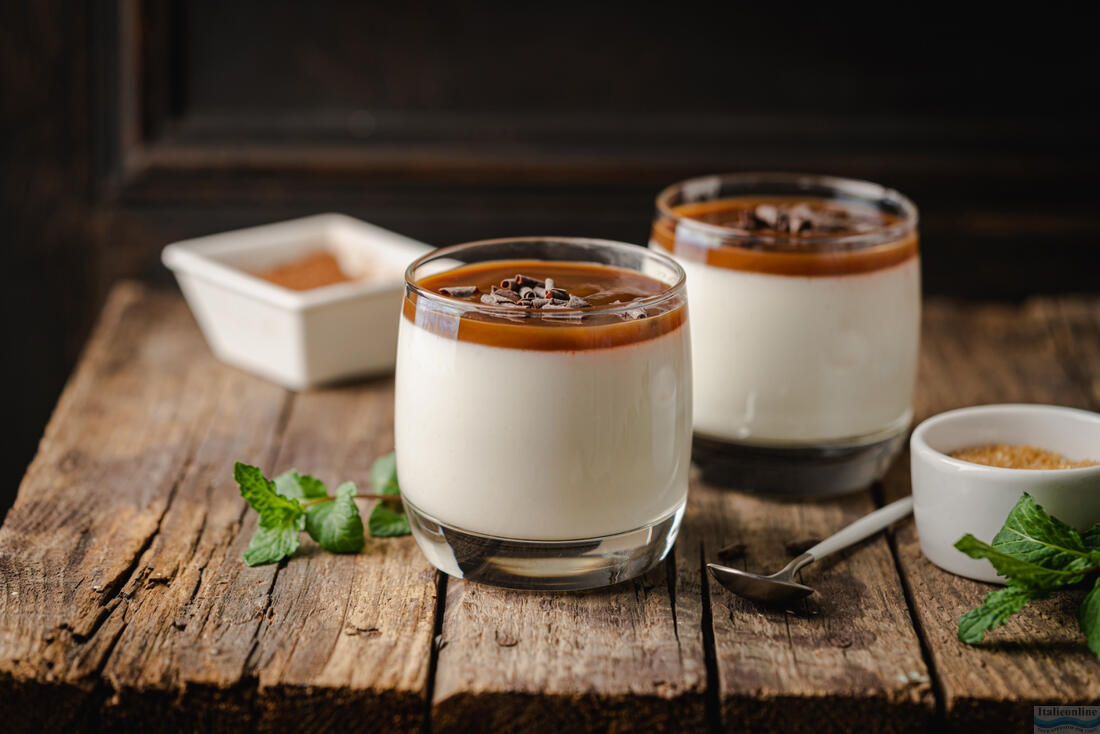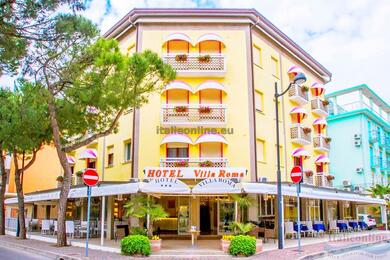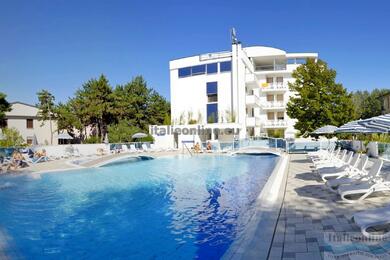What does "Panna Cotta" mean?
Italian for "cooked cream", which perfectly describes the basics of this delicacy. Panna cotta originated in the Piedmont region of north-west Italy, where it was traditionally made with cream, sugar and gelatine. Its creamy texture is the result of the perfect combination of these three ingredients and its charm lies in its simplicity.
Nowadays, you can find panna cotta in various variations - with vanilla, fruit sauces, chocolate, caramel or coffee. Yet it retains its original character: soft, light and refreshing.
How to prepare the perfect panna cotta?
The basic recipe for panna cotta is really easy, but requires a little patience and care to achieve the right softness and lightness.
Ingredients:
- 500 ml whipping cream
- 100 ml milk
- 80 g semolina sugar
- 1 vanilla pod (or a teaspoon of vanilla extract)
- 3 slices of gelatine (or 1 teaspoon of powdered gelatine)
- Fruit or fruit sauce to serve (e.g. raspberry, strawberry, berry)
Procedure:
-
Prepare the gelatin: If using sliced gelatin, soak it in cold water for 5-10 minutes to soften. Stir the powdered gelatine in a small amount of cold water and let stand.
-
Cream with vanilla: In a saucepan, mix the cream, milk and sugar. Add the vanilla pod - split it open, scrape out the seeds and add both the seeds and the whole pod to the cream. Bring the mixture to the boil, but do not boil it! Once the mixture starts to bubble, remove it from the stove.
-
Add the gelatine: Squeeze the soft gelatin and add it to the hot cream mixture. Stir well until the gelatine dissolves. If using powdered gelatin, pour it into the mixture and stir until everything is nicely combined.
-
Pour the mixtureinto the preparedmoulds or glasses. Let cool to room temperature, then place in the refrigerator for at least 4 hours (preferably overnight).
-
Serving. Serve with fruit sauce, fresh fruit, chocolate or perhaps caramel syrup.

The secret of success
Panna cotta should be smooth and soft, trembling slightly with every touch. The key is the right ratio of gelatine to cream - if you add too much gelatine, the dessert will be hard and lose its velvety texture. Conversely, too little gelatine means the panna cotta won't set sufficiently. Watch the temperature too - the cream should not go through the boiling point as it could curdle.
Different variations
In addition to the classic panna cotta with vanilla, you can get creative with many variations: chocolate panna cotta (add melted dark chocolate to the mixture), coffee panna cotta (add espresso to the cream), fruit panna cotta sauces (the best accompaniment to panna cotta are fruit sauces - raspberry, strawberry or perhaps berries).







